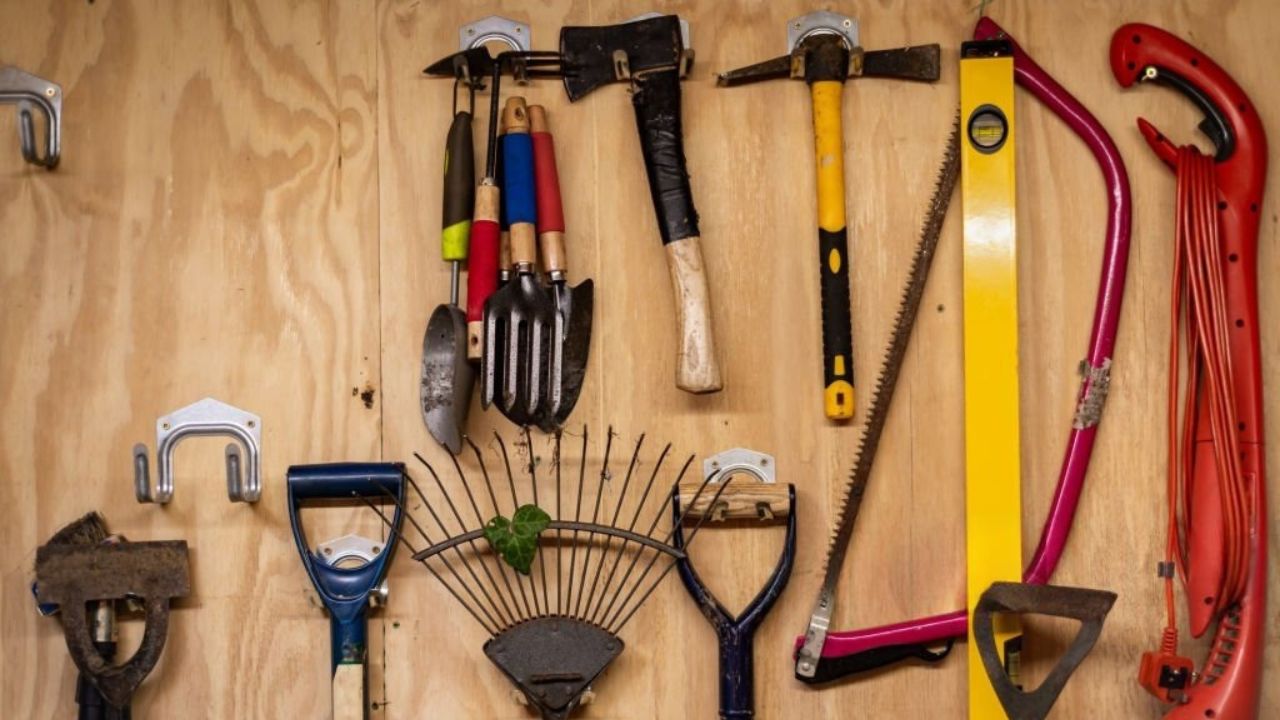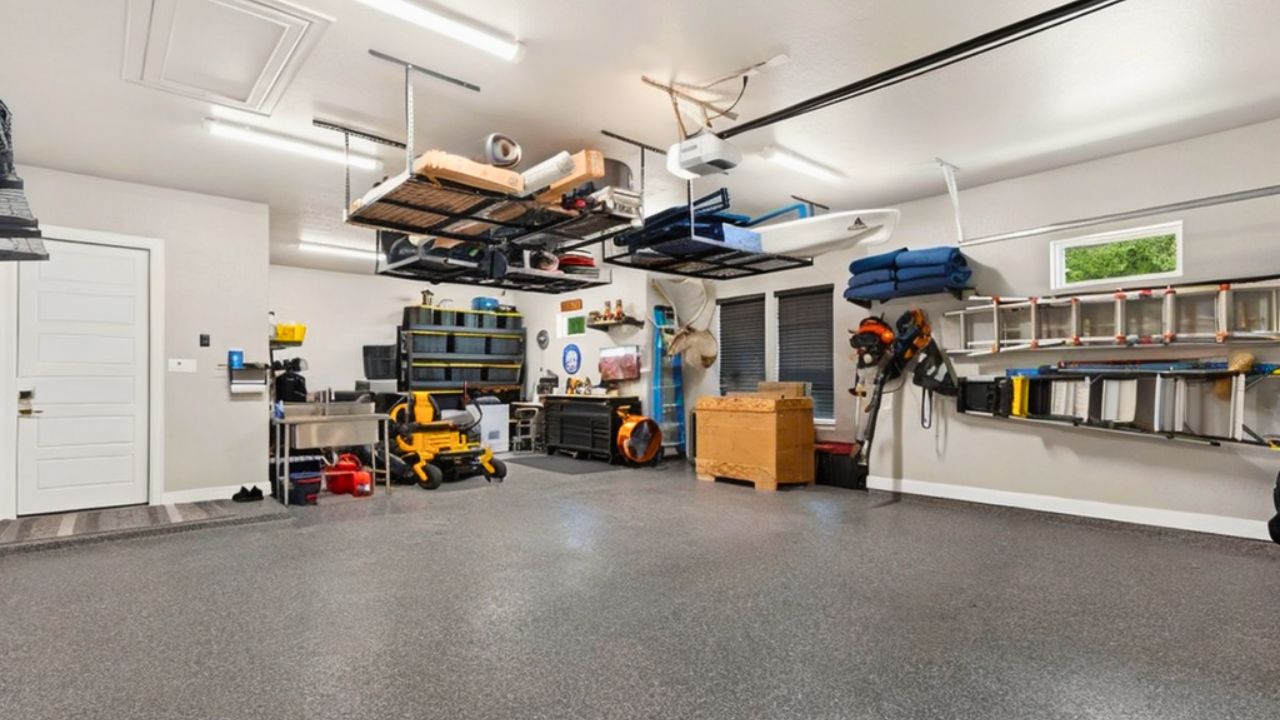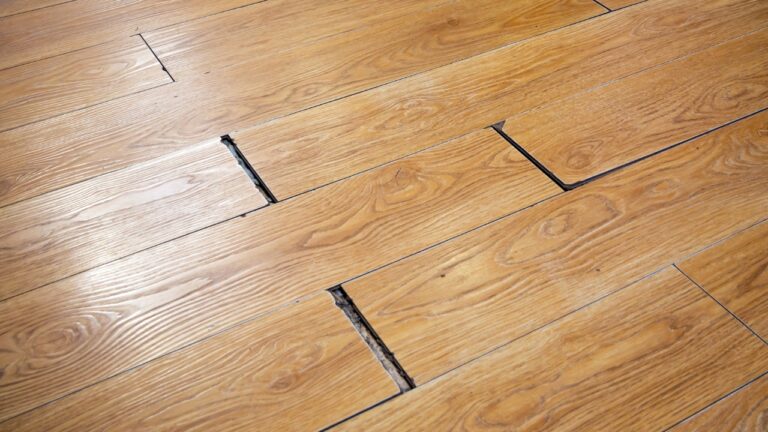What your garage setup reveals about your home’s priorities
Garages tell the truth about how a house runs. If it’s chaos, projects stall and mornings start behind. When zones make sense and the tools are where the work happens, everything else moves easier—yard days, errands, repairs, and the random “can you fix this?” moments.
Choose a parking plan and protect it
If cars live in the garage, parking is the first boundary. Mark wheel stops or hang tennis-ball guides, then keep the front three feet clear for storage so doors open without battles. If the garage is a shop, admit it and give cars a different home. You can’t have both as a priority in a one-bay space without resentment.
Build zones that match your real life
Create a lawn zone, a tools zone, a sports zone, and a project bench—then label them. Lawn care gets the spreader, trimmer, fuel, and gloves together; tools live by the bench with chargers and bits; sports gear sits in vented bins. Zones stop the Saturday scavenger hunt before it starts.
Put heavy things low and daily things front
Salt, soil, and paint belong at ground level so no one lifts them from overhead. Everyday items—screwdrivers, tape, air gauge—should be arm’s reach at the bench. Seasonal gear goes high and back. The more often you touch something, the closer it should be to the door.
Respect power and charging
One dead battery will stall an entire weekend. Mount a small strip with USBs over the bench and add a shelf for chargers. Label each port so batteries return to the right cradle. If you run power tools, a cord reel on the ceiling keeps cables off the floor and out of tires.
Use vertical space like a grown-up shop

Wall panels, slatwall, or even a simple strip of plywood with screws beats a leaning pile in the corner. Hang long tools in order—rake, shovel, hoe—so handles face the same way. Put a magnet bar above the bench for small metal tools you reach for daily. Seeing the tools saves more time than you think.
Give messy tasks a landing zone
A shallow utility sink or even a heavy-duty wash tub by the door saves your kitchen sink from paint and oil. If plumbing isn’t an option, keep a lidded bucket, heavy rags, and a hand scrub at the bench. Messy jobs happen faster when cleanup isn’t a 50-yard walk.
Keep safety where hands can find it

Gloves, eye protection, ear protection, and a small first-aid kit live in one labeled bin at the bench. Mount a fire extinguisher by the house door—not behind a car. When safety is easy to reach, it actually gets used, and that changes how confident you feel tackling projects.
Make space for one active project
Projects die when they have to be packed away mid-step. Clear one shelf or a rolling cart that holds only the current job. Tape a zip bag with screws and smalls to the cart so nothing walks off. When you can pause without losing track, you finish more in less time.
Do a five-minute end-of-day reset
Put batteries back on chargers, sweep the bench, and return tools to their hooks. Tomorrow’s motivation depends on tonight’s reset. A garage that’s ready to go makes you more likely to fix the next thing instead of ignoring it.
Like Fix It Homestead’s content? Be sure to follow us.
Here’s more from us:
8 upgrades that look like you spent thousands (but didn’t)
9 small changes that instantly make a house feel high-end
*This article was developed with AI-powered tools and has been carefully reviewed by our editors.







